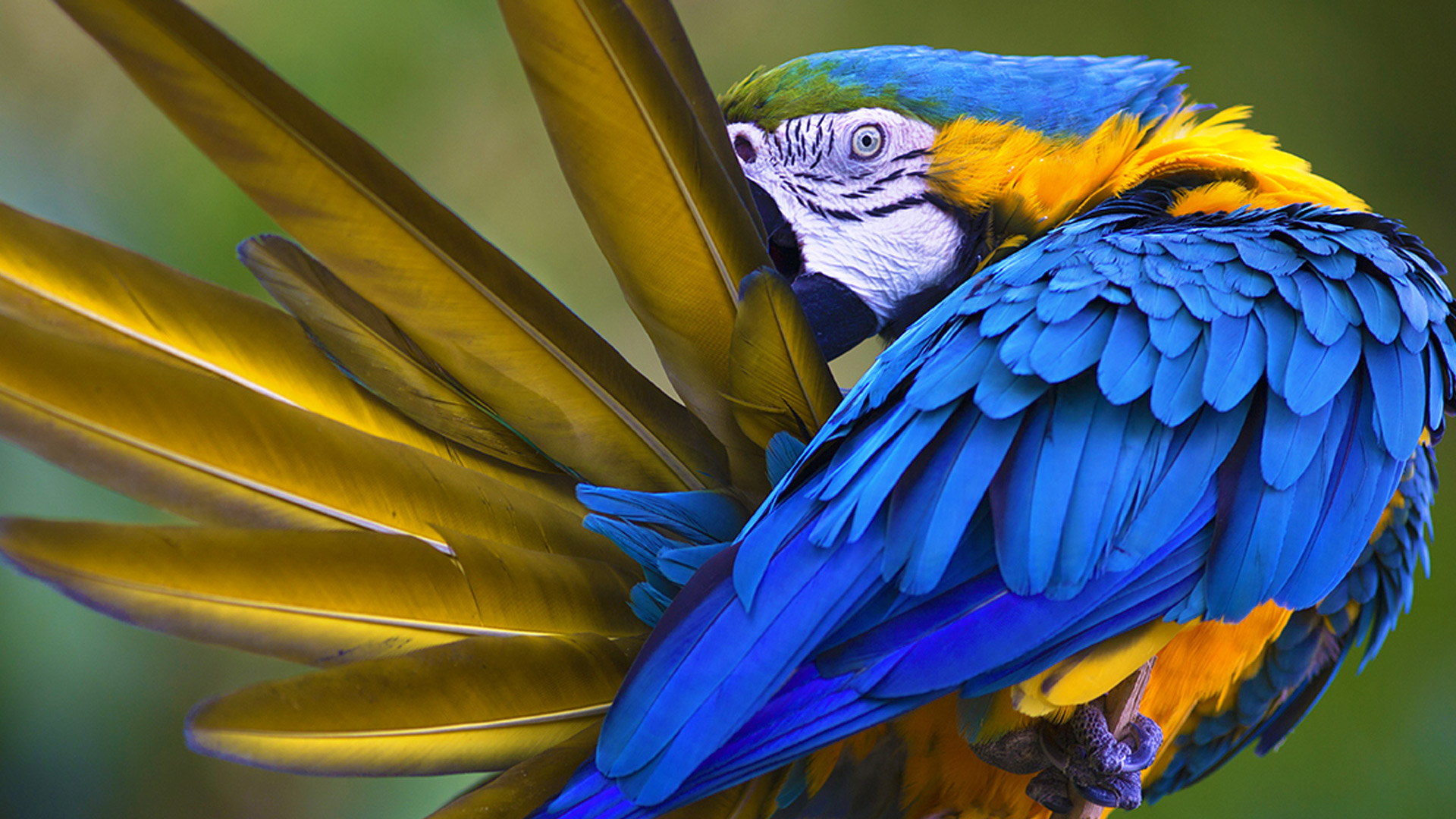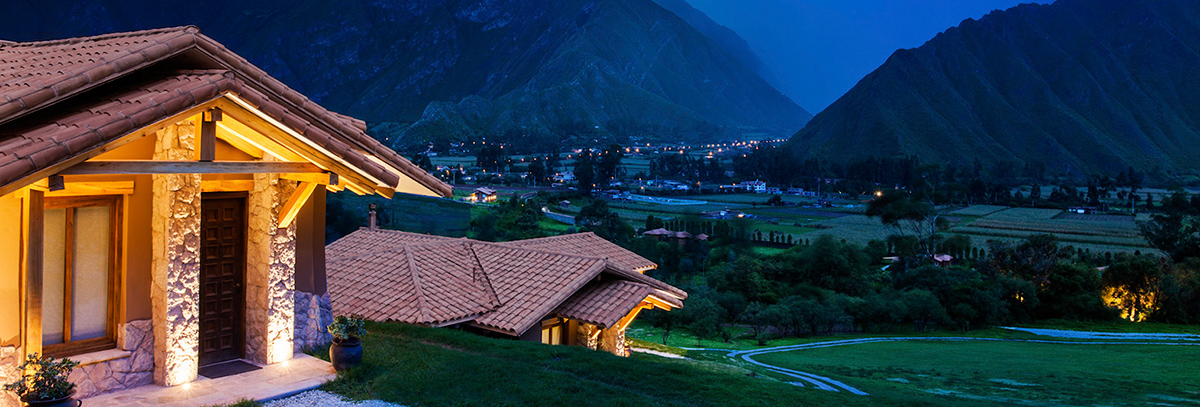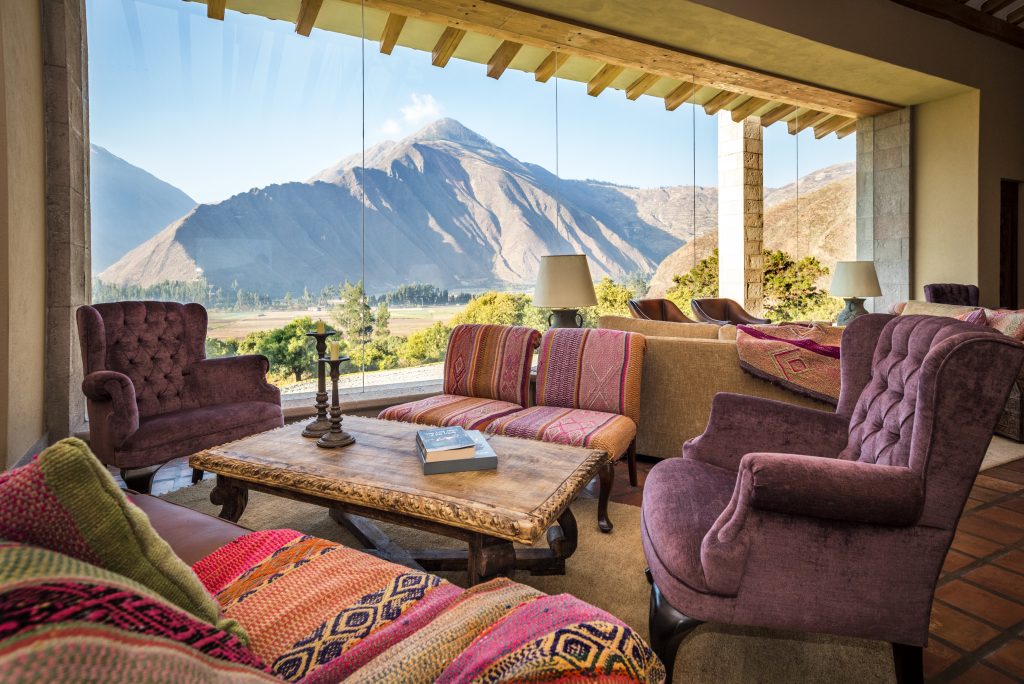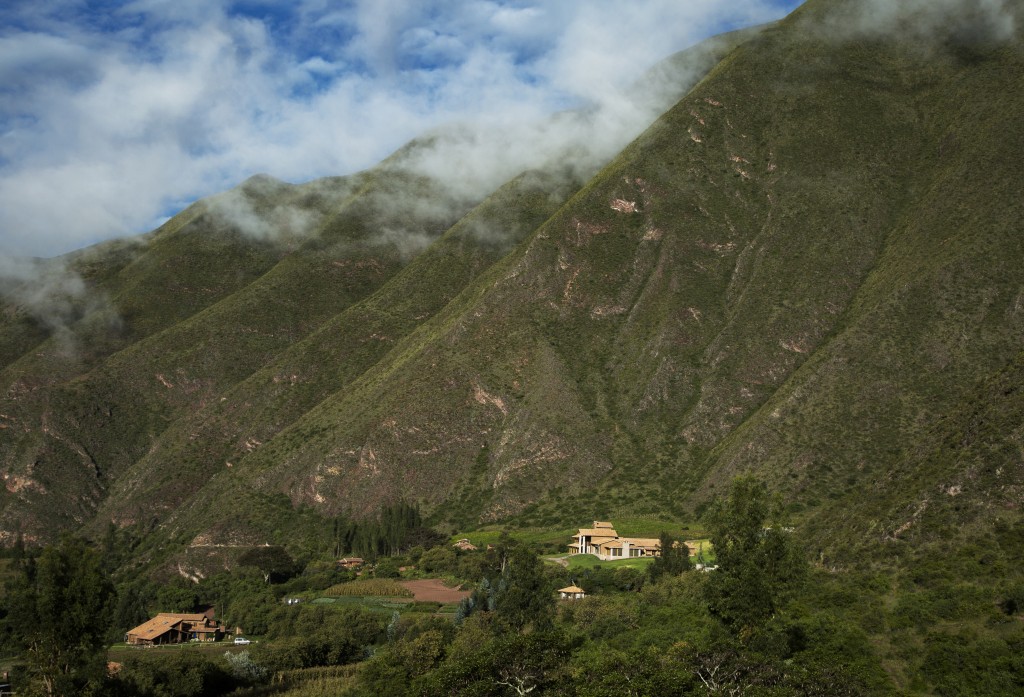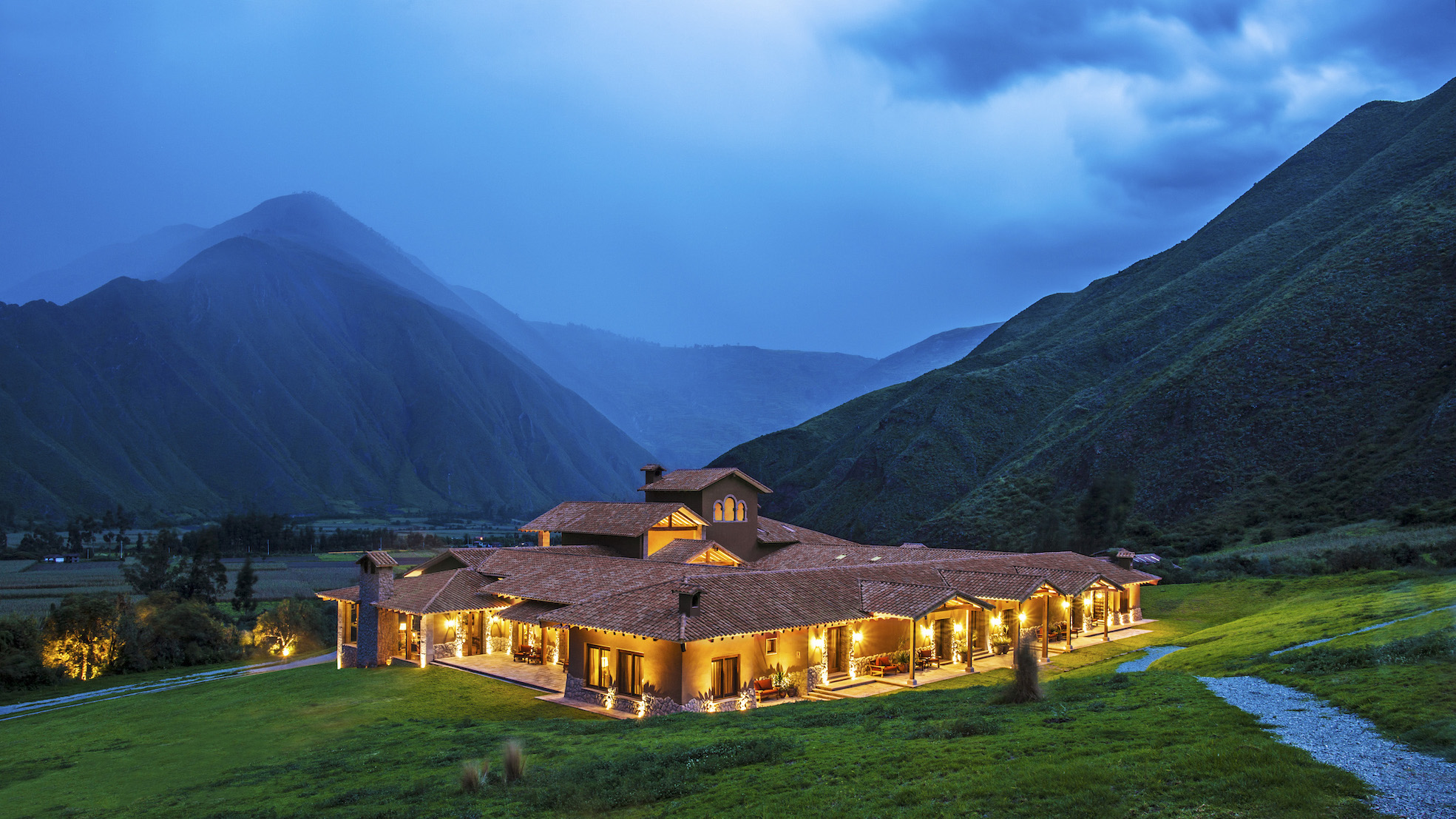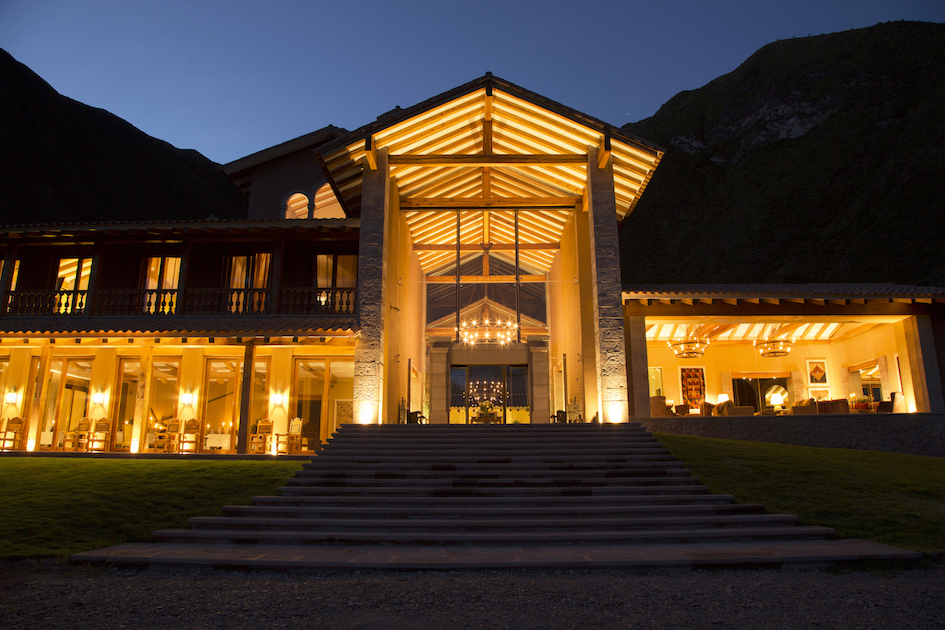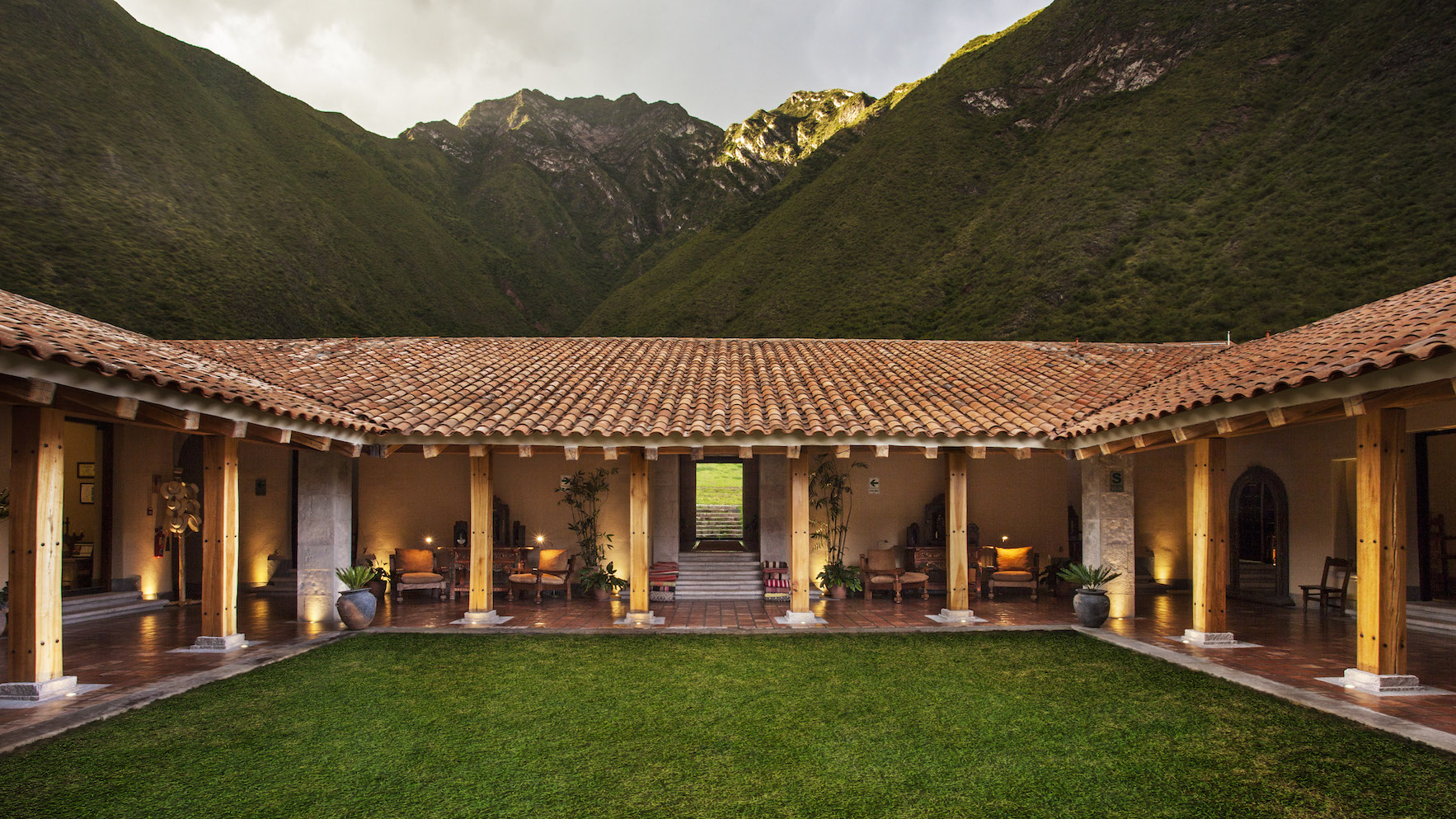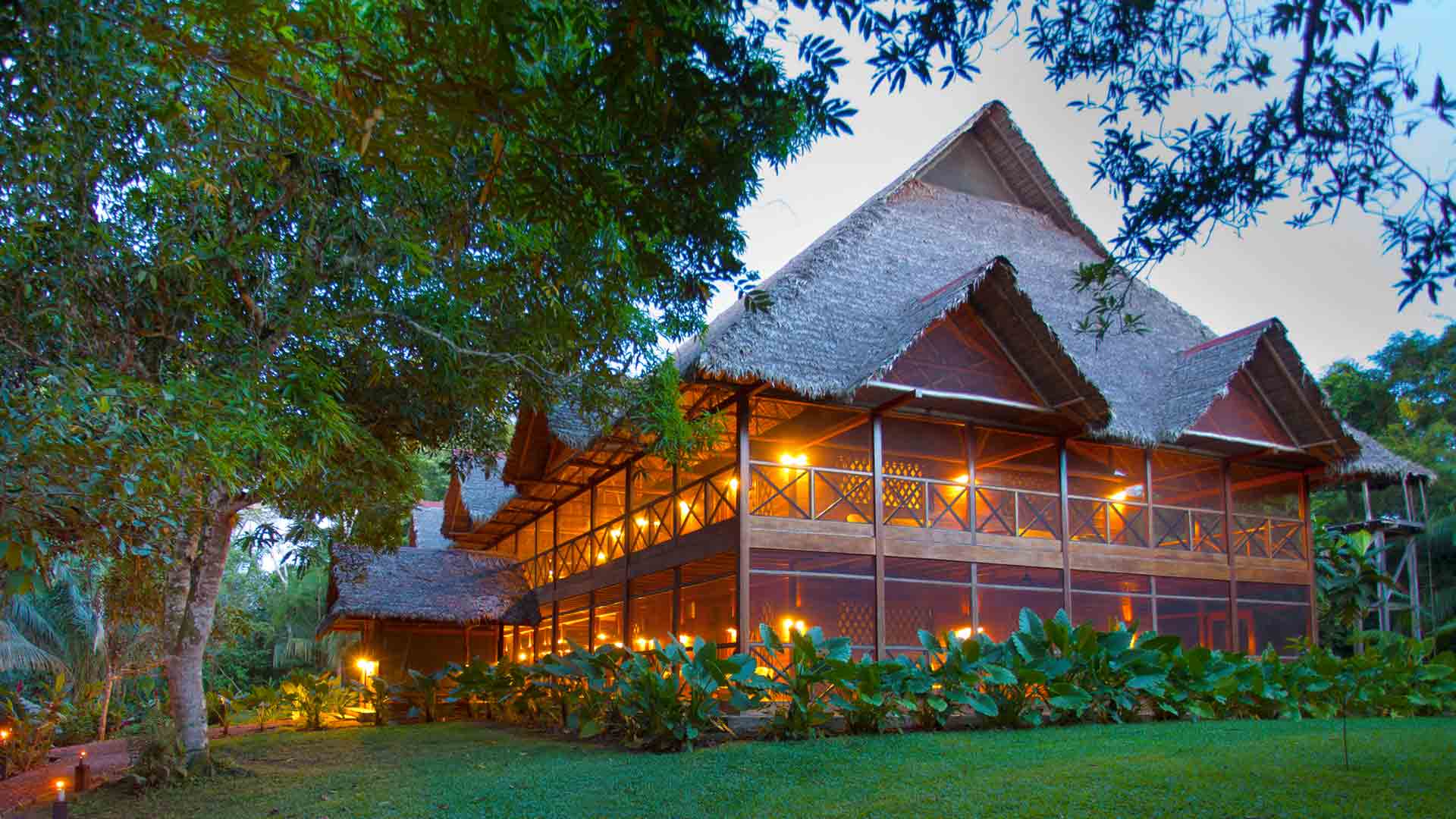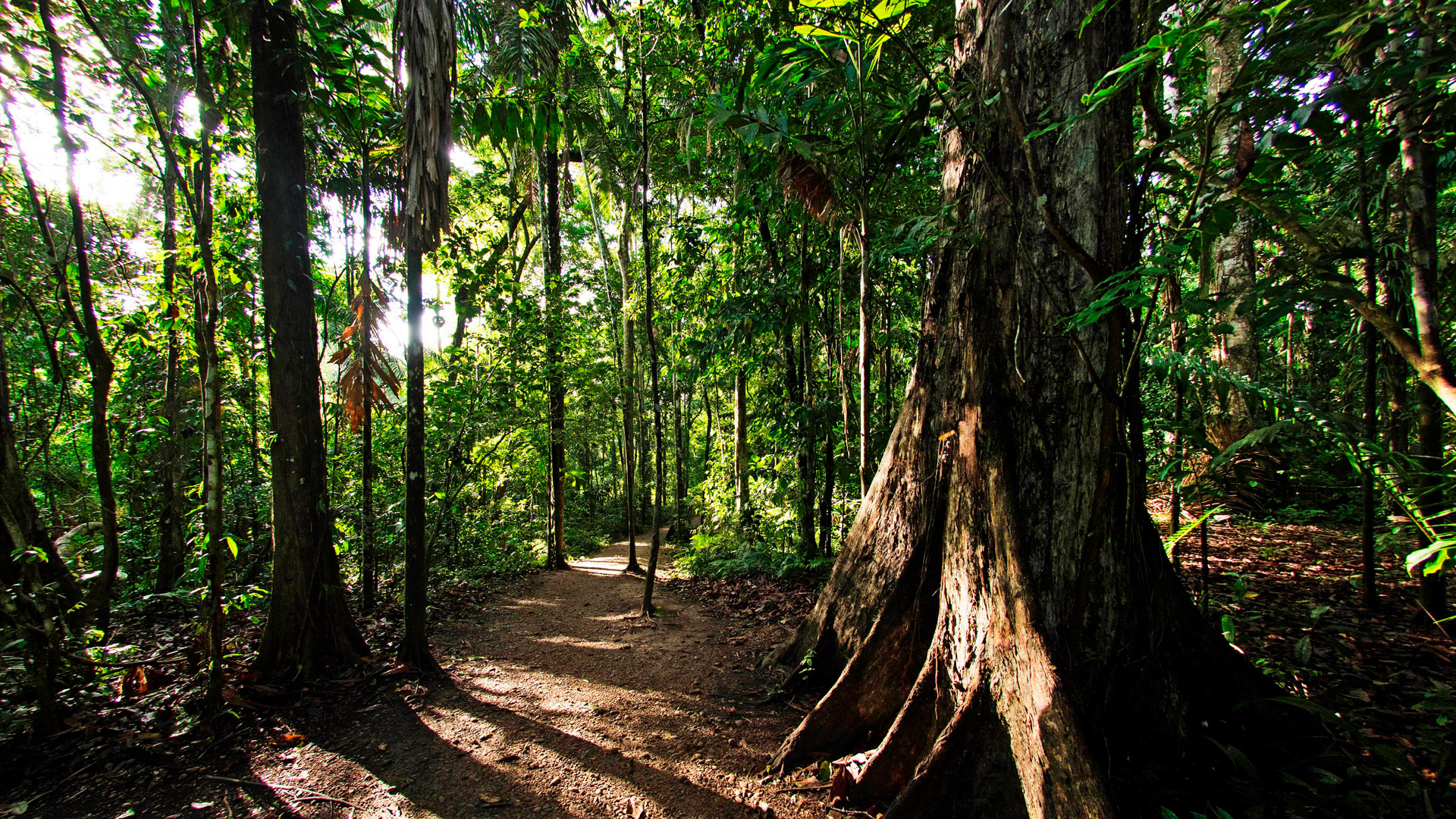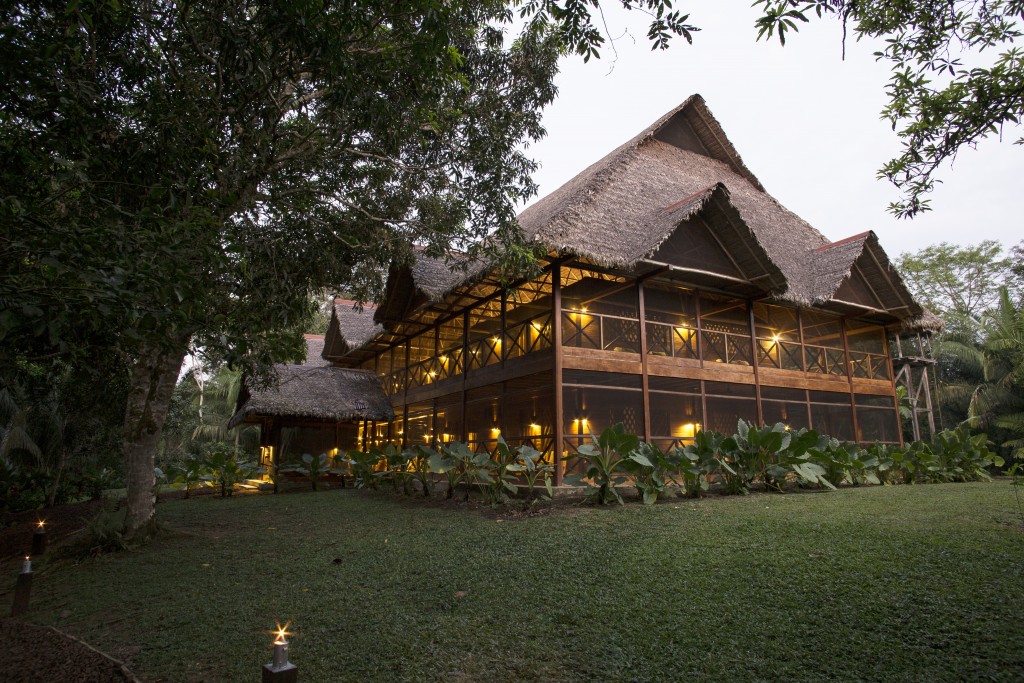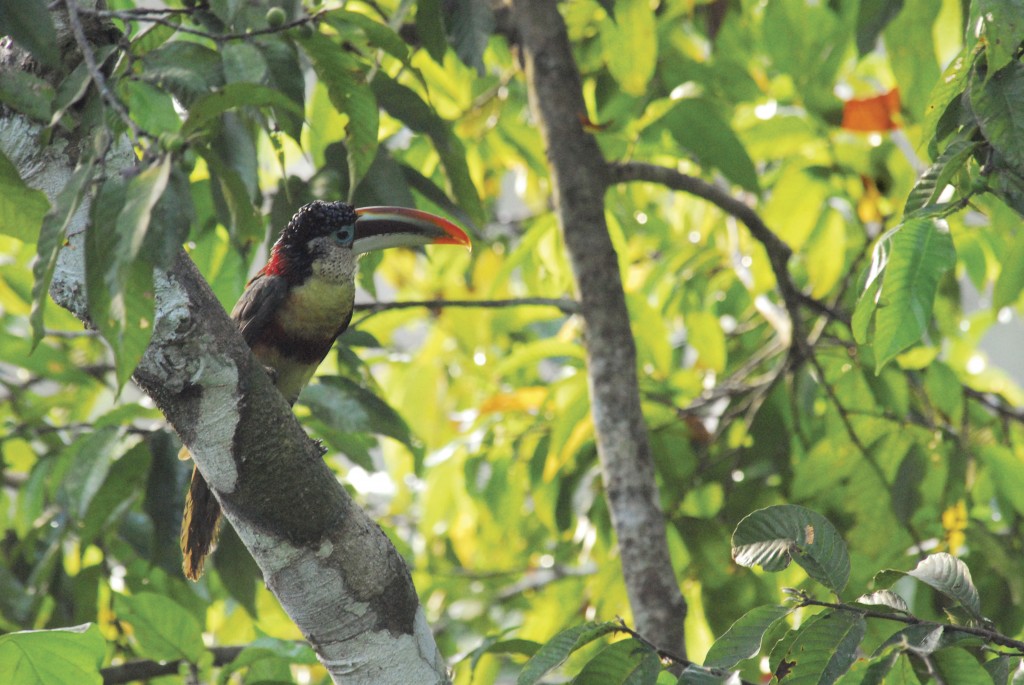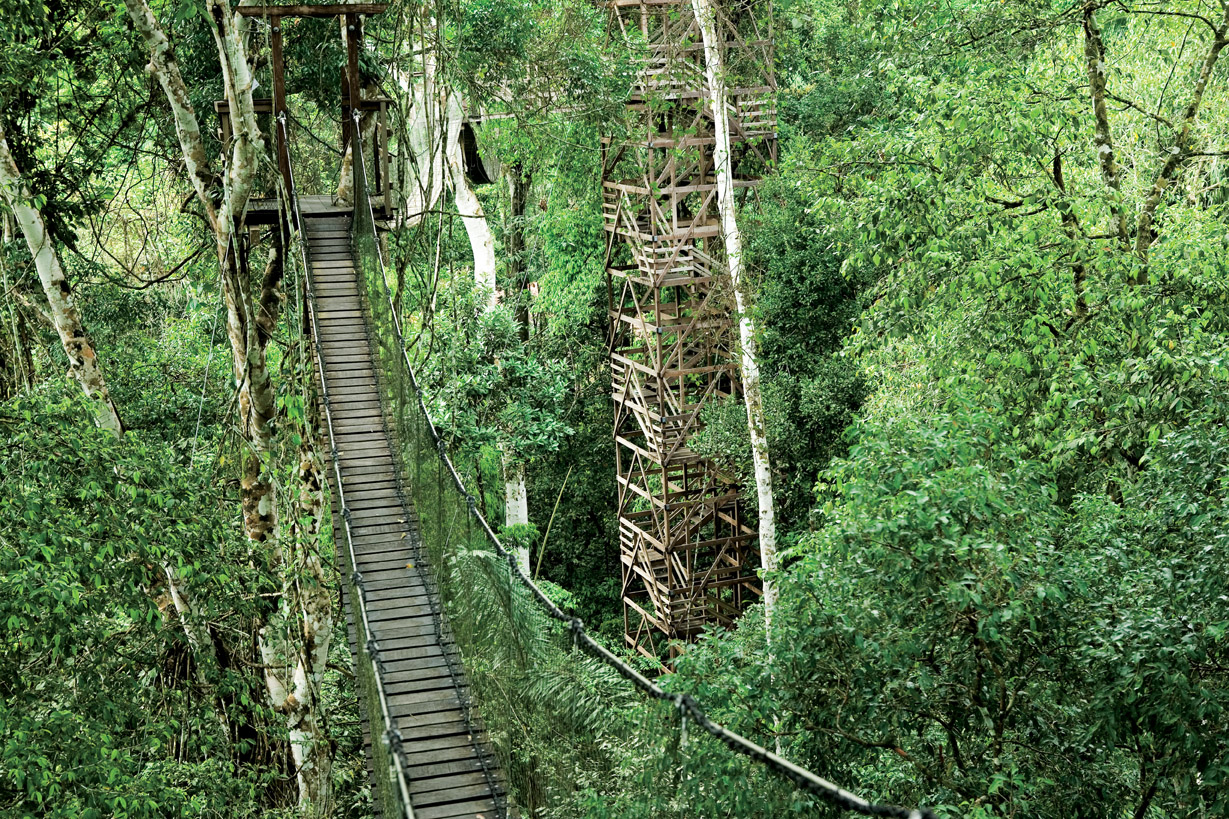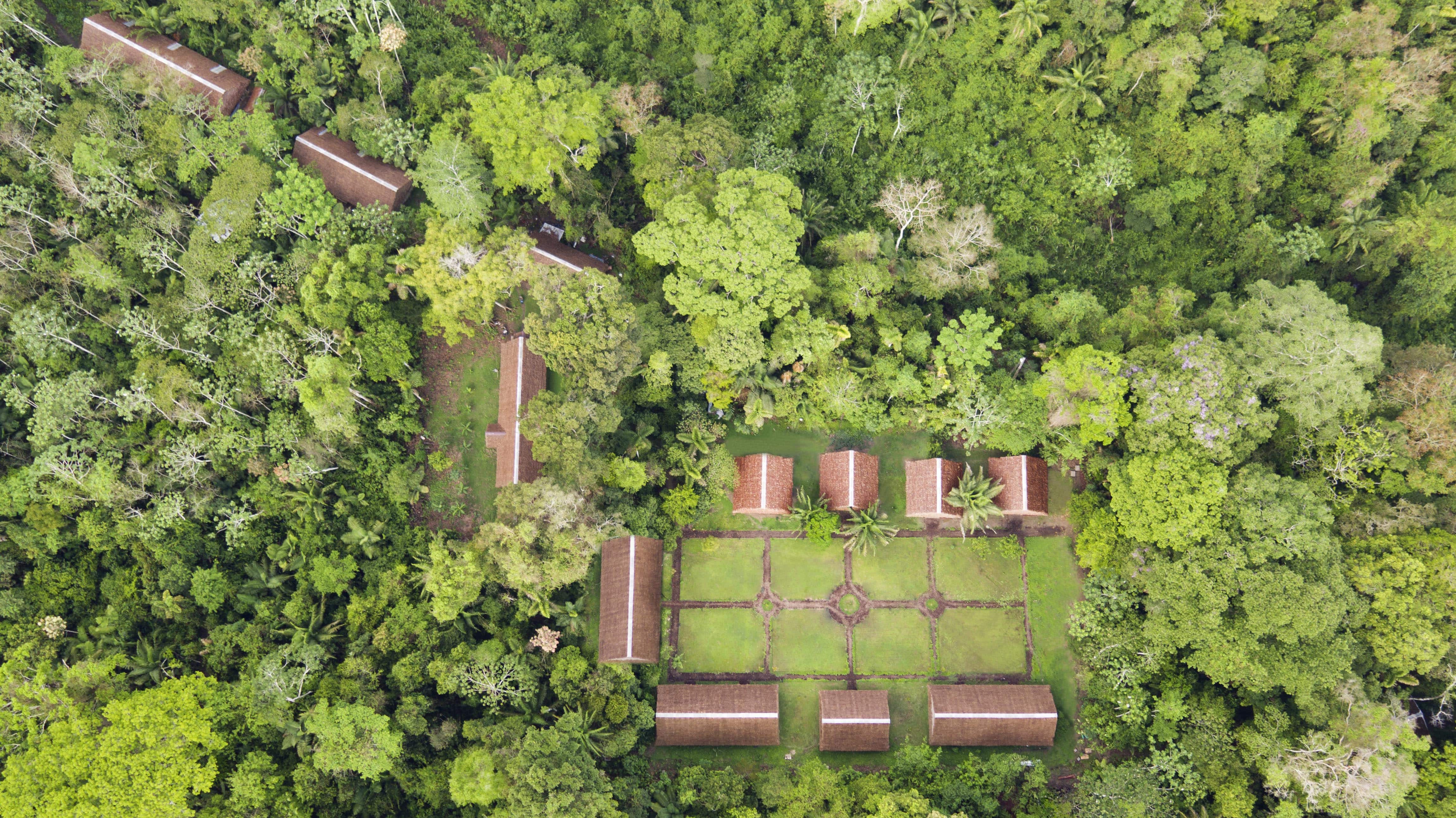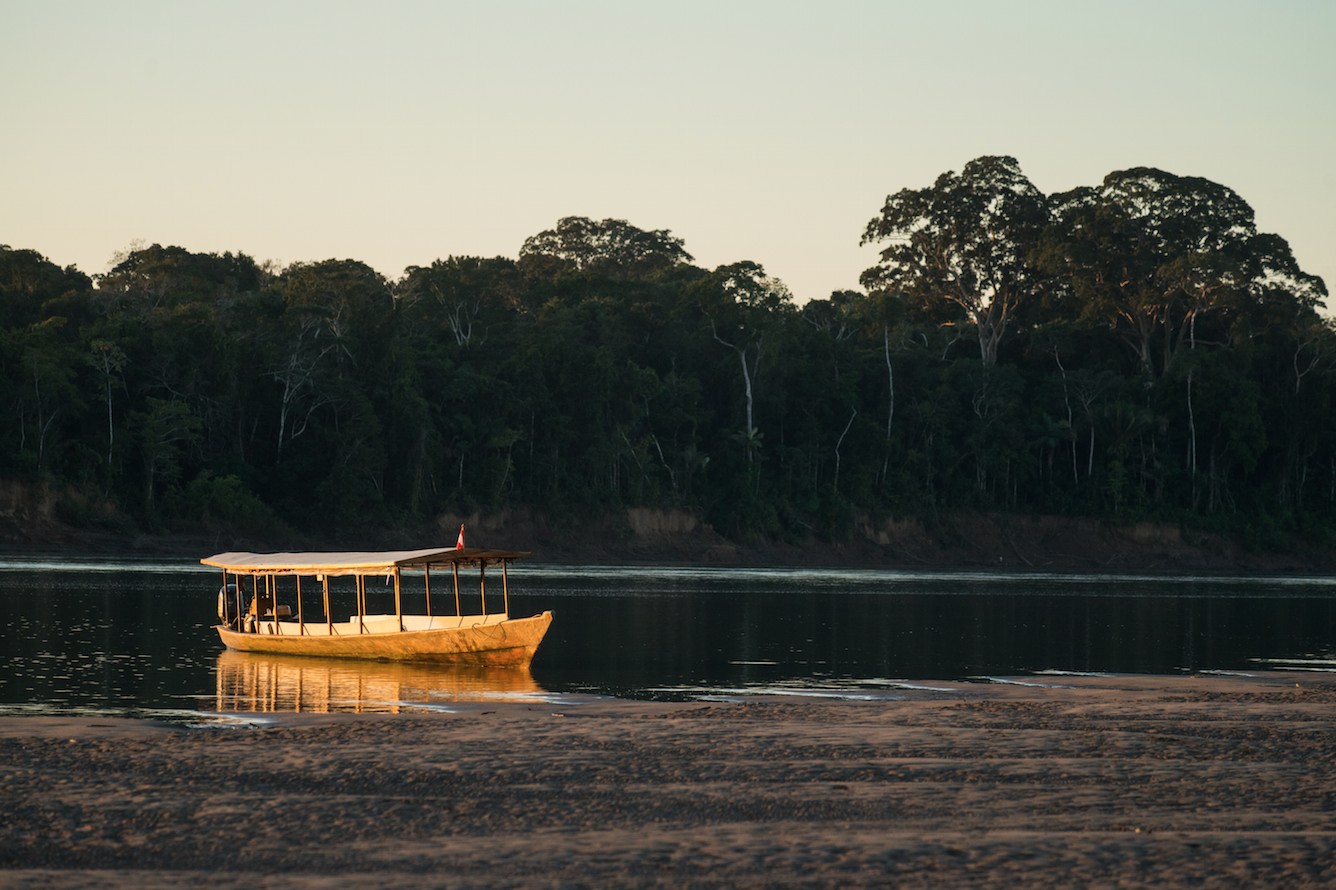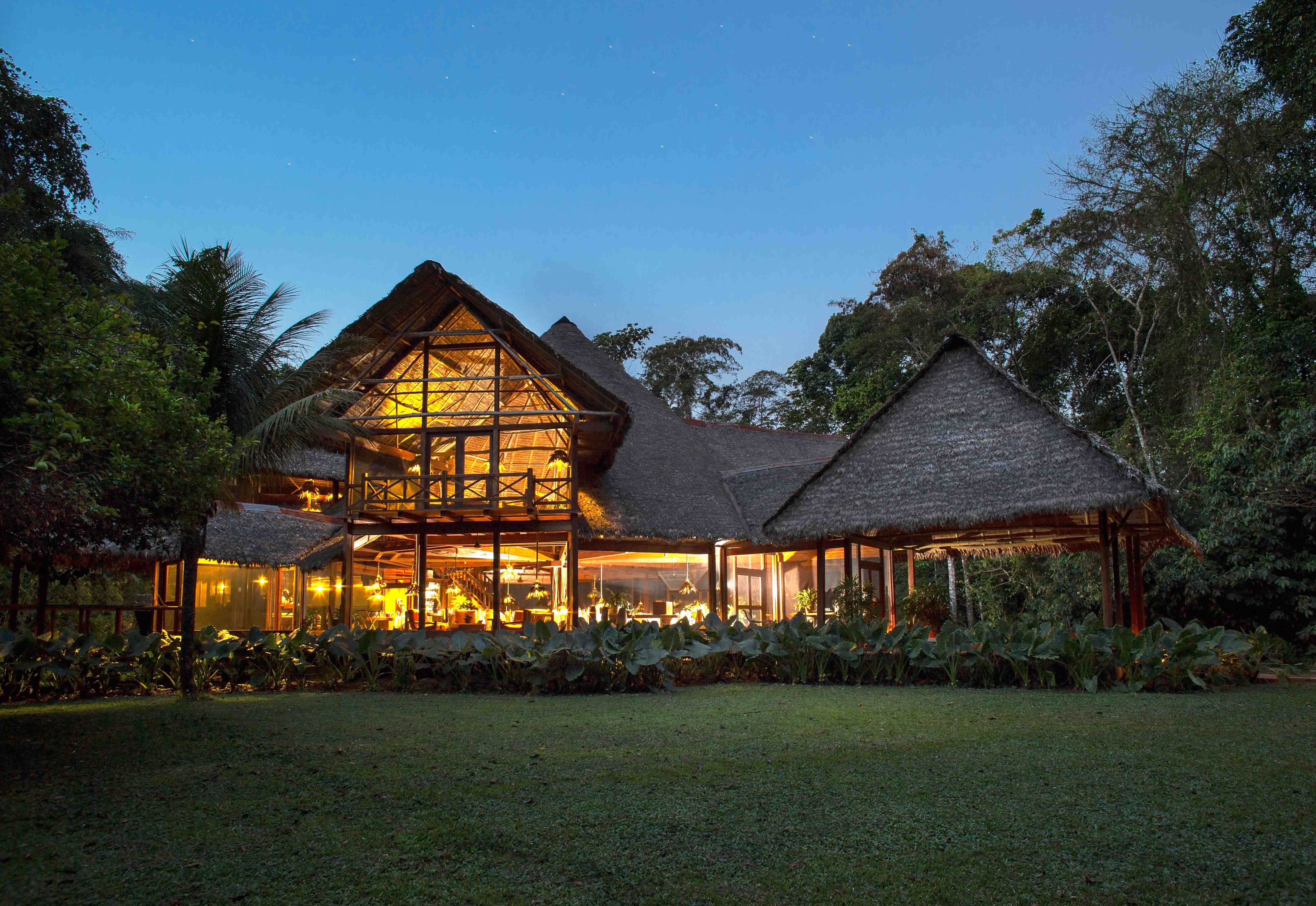As you will have seen this year at Inkaterra we have been chirping about ‘Year of the Bird’. Societies such as National Geographic and Audubon have grouped together to encourage all birders, experts and novices alike, to mark the 100th anniversary of the Migratory Bird Treaty Act. You will have seen us tweeting for the cause but birds are always prevalent in what we do on site. At Inkaterra we truly care for the flora and fauna that call our properties home. From the Andean Spectacled Bear to the largest native orchid collection (372 species) at Inkaterra Machu Picchu Pueblo Hotel, we strive to nurture all nature. Of course, this includes our feathered friends and in honour of Year of the Bird we’ve been talking to our Explorer Guides about the importance of birds at Inkaterra. Here’s what we discovered through ‘bird of mouth’.
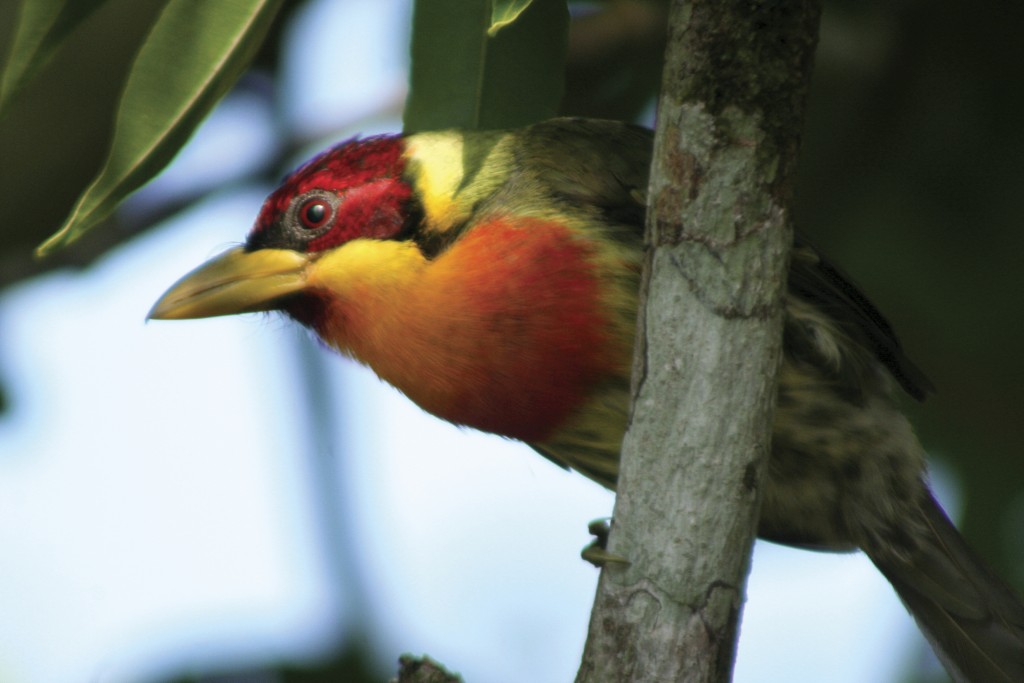
Birds are part of Inkaterra’s personality
- “The horned screamer donkey like sound is a sure welcome at Lake Sandoval.” / “El sonido similar a un burro del ave aruco es una bienvenida segura al Lago Sandoval.”
- “The unmistakable song of the inca wren welcomes you to Machupicchu.” / “El inconfundible canto del cucarachero inca que nos da la bienvenida a Machupicchu.”
- “The Inkaterra gardens are decorated by the fancy colours of Tanagers.” / “Los jardines de Inkaterra son decorados por los colores vistosos de las Tangaras.”
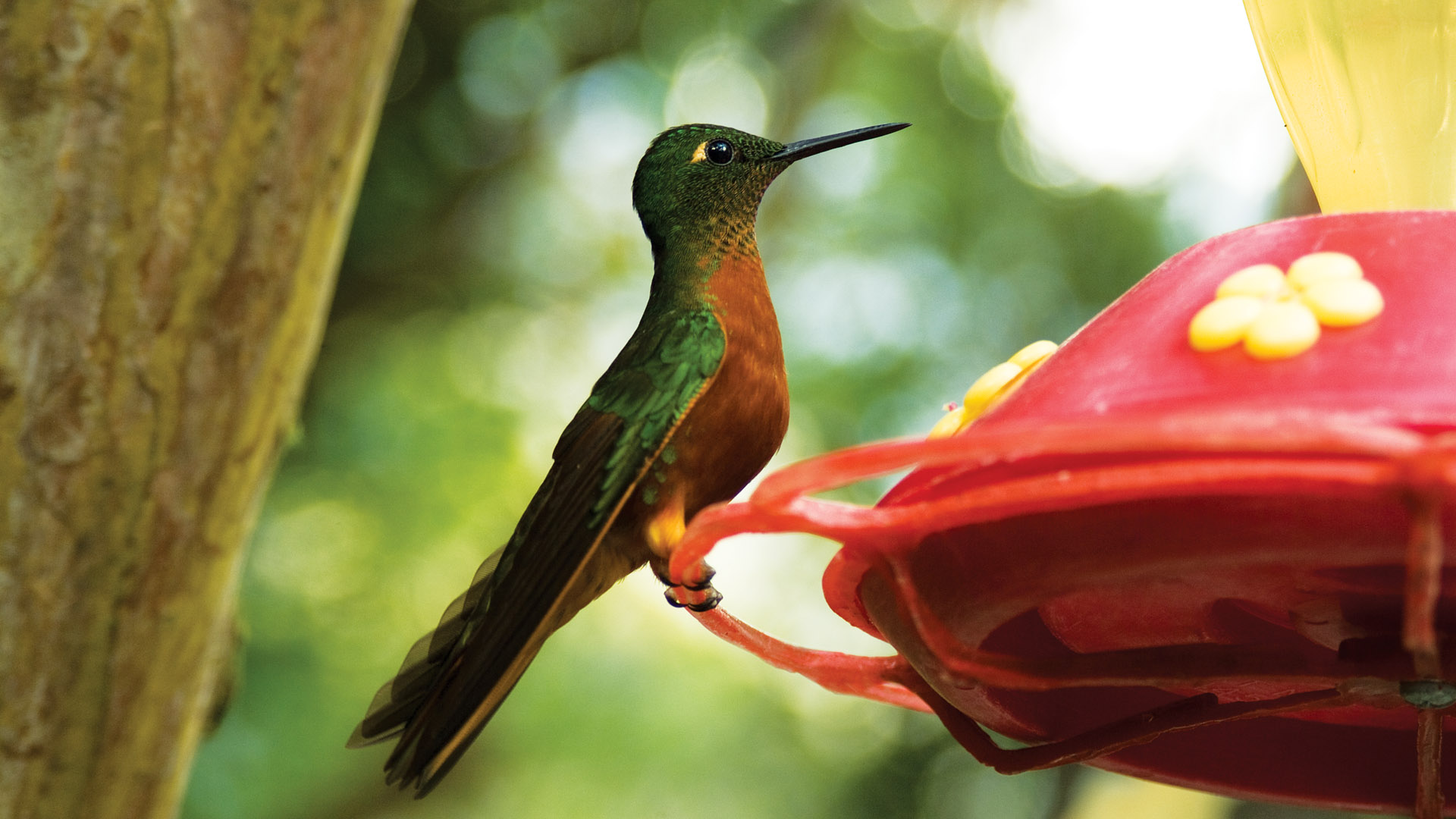
There is so much to discover
- “A good birding day can give us 111 bird species sightings, this is what birding is all about.” / “Un buen día de observación de aves puede darnos 111 avistamientos de especies de aves, de eso se trata la observación de aves.”
- “Even if the trail is foggy, we try to identify any sound, any bird song so as to add them to our list.” / “Incluso si el camino es nebuloso, tratamos de identificar cualquier sonido, cualquier canción de pájaro para agregarlos a nuestra lista.”
- “We can always rely on wood creepers to bring our tree trunks alive.” / “Siempre podemos confiar en las enredaderas de madera para que nuestros troncos de árbol estén vivos.”
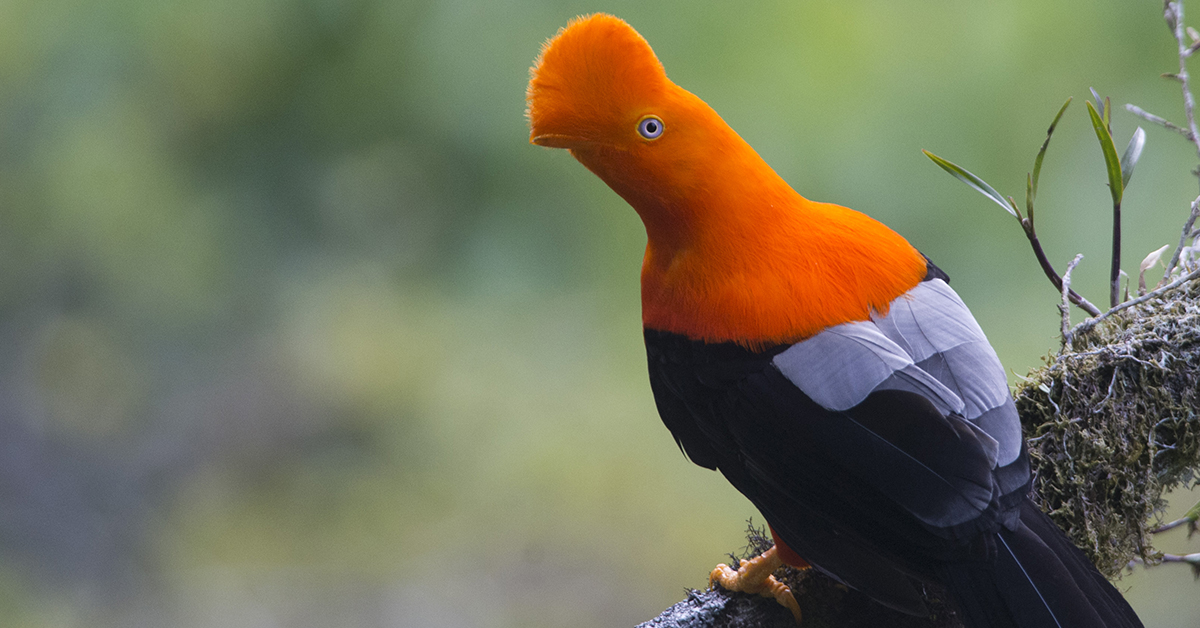
Above all birding at Inkaterra is an unforgettable experience
- “The unmistakable song of the screaming piha accompanying us on our walks.” / “La canción inconfundible de los guardabosques chillones gritando que nos acompaña en nuestros paseos.”
- “The sun heating up the day really doesn’t matter when you still enjoy great bird sightings.” / “El sol calentando el día realmente no importa cuando aún disfrutas de grandes avistamientos de aves.”
- “Le emoción de ver el Gallito de las Rocas como si fuera la primera vez.” / “The feeling of seeing the Andean Cock of the Rock as if it was the first time.”
For more information and to find out how you can embark on an adventure with Inkaterra click here.


